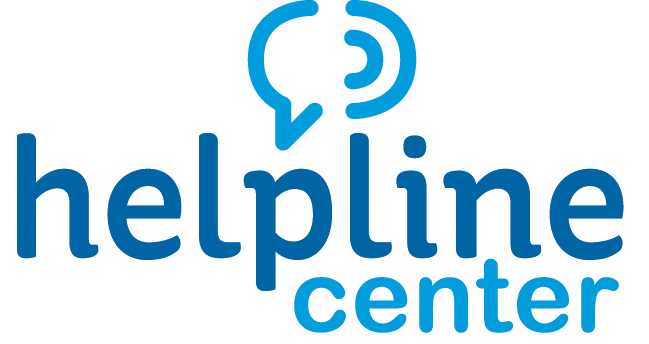Head Lice
General Information:
- Head lice are tiny insects that are roughly 2-3 mm long (the size of a sesame seed) and feed on blood.
- Head lice move by crawling. They cannot jump or fly.
- Adult lice must feed on blood several times a day. Therefore, lice will die within 1-2 days when not on a host.
- Head lice are spread by close person-to-person contact.
- Pets do not play a role in the transmission of head lice.
- Head lice can also be spread by sharing infested clothing, combs, or pillows.
- It can take 2-3 weeks to notice the itching caused by head lice.
- Head lice can be hard to see because they are small and move quickly.
- Head lice do not carry diseases.
- Head lice are not a sign of poor personal hygiene.
- Head lice infestation is common among elementary school-age children and their household members.
Symptoms:
- Itching on the scalp, neck, or ears
- Visible lice on scalp
- Visible eggs (nits) on hair shafts – easiest to spot around ears and hairline of neck
- Difficulty sleeping – lice are most active in the dark
Treating the Head:
- Over-the-counter shampoos or cream rinses are used to kill lice and can be found at your local pharmacy.
- Follow label directions for dosage and duration.
- Following treatment, comb dead and remaining live lice out using a fine-toothed nit comb.
- Repeat comb and removal process every 2-3 days for 2-3 weeks to ensure removal of all lice and nits.
- The need for retreatment will depend on the medication and whether any lice still remain.
- Little to no clinical evidence exists for the effectiveness of home remedies.
- Small clinical studies suggest that natural oils such as tea tree, anise, and ylang ylang oil have toxic effects on lice and eggs. However, these products are not required to meet safety, efficacy, and manufacturing standards approved by the FDA.
Treating the Home:
- Disinfect combs by soaking them in hot water (at least 130 °F) for 5-10 minutes.
- Machine wash clothing and bedding using hot water (at least 130 °F), and dry on high heat.
- Seal any items that cannot be washed in a plastic bag for 2 weeks.
- Vacuum the floor and furniture, and dispose of contents.
Prevention:
- Check household members of infested person, and treat those found with infestations.
- Avoid head-to-head contact.
- Do not share combs, brushes, hats, or scarves.
- Do not lie on beds, pillows, or carpets that have recently been used by a person that has been infested with lice.
- Share information about contact with head lice with school nurses and parents of classmates.
For more information on what to do in case of head lice, call 211 or search our online database:
- www.helplinecenter.org/2-1-1
- Enter your zip code
- In the Search for a Specific Program box, enter
- Centers for Disease Control and Prevention
- South Dakota Department of Health
- In the Search for a Specific Program box, enter
- Enter your zip code
Sources:
- South Dakota Department of Health – Diseases/Head Lice https://doh.sd.gov/diseases/head-lice
- Centers for Disease Control and Prevention: Head Lice https://www.cdc.gov/parasites/lice/head/index.html
Disclaimer: This HelpSheet is developed by the Helpline Center. Helpsheets provide a brief overview of the designated topic. For more information, call 211 or text your zip code to 898211.
Updated: June 2024






